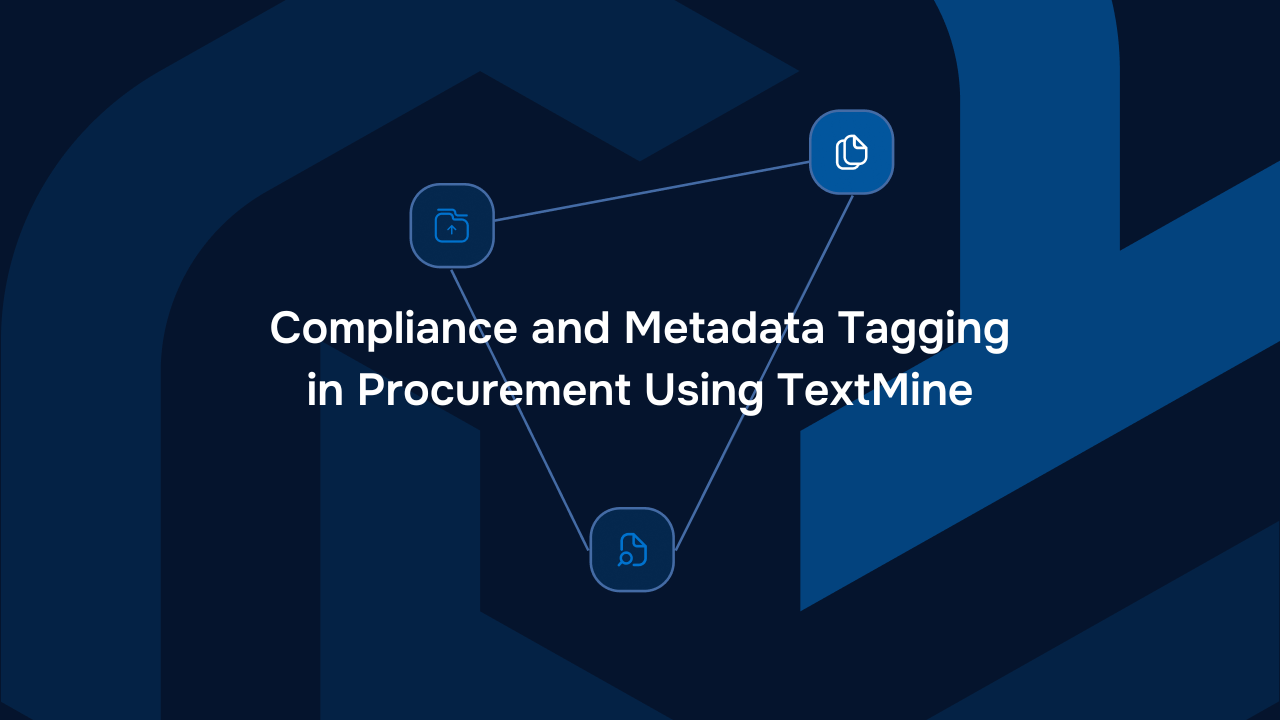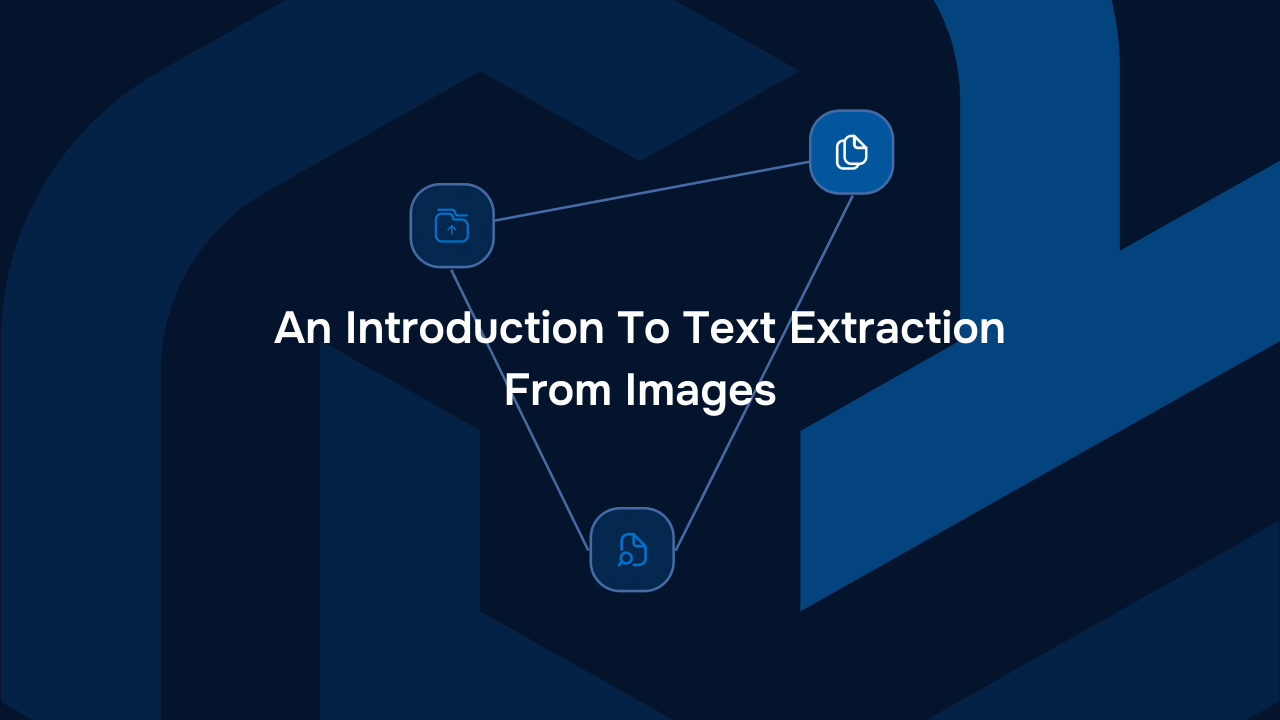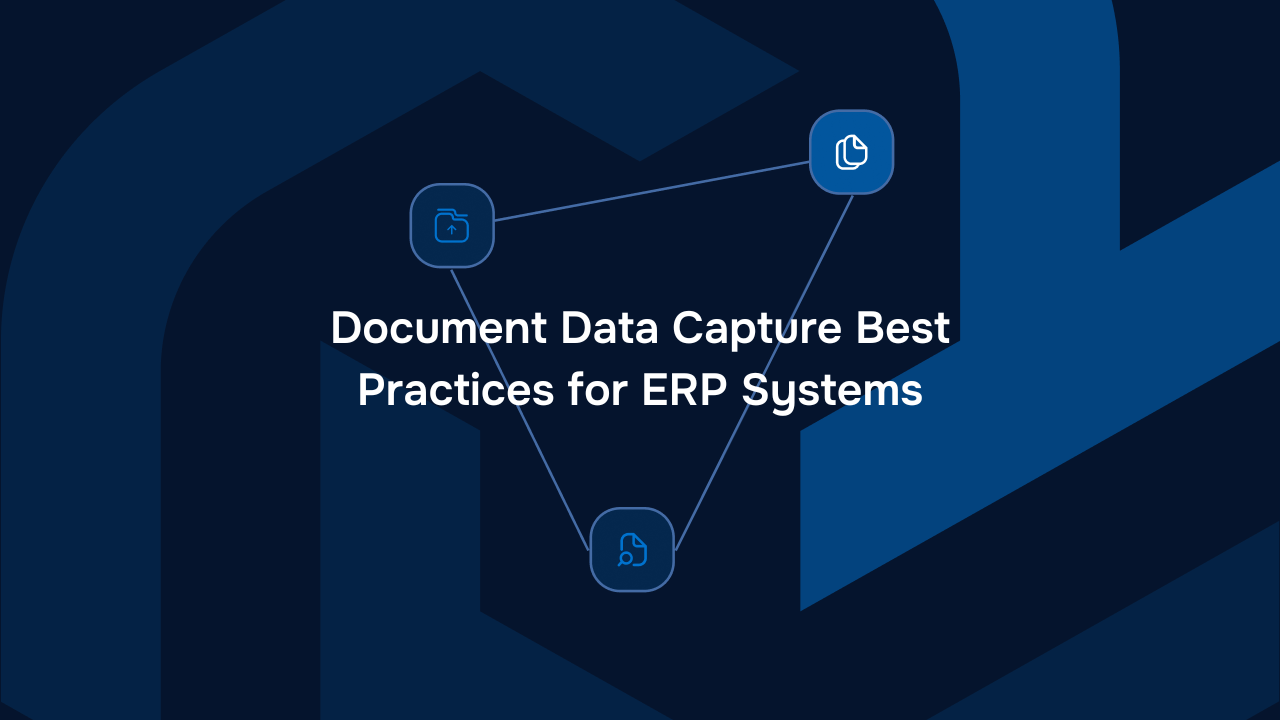How to Evaluate the Fairness of Your AI Models


Fairness is an intrinsic part of the AI model creation process that ensures your model is unbiased. Whilst fairness is not a fundamental feature of an AI model, the design of the problem being solved and the dataset which is used to train the model to solve the problem will impact a model’s overall fairness. AI model developers therefore need to consider fairness during the training process in conjunction with performance in order to ensure the model is used safely and responsibly in production. This article explains how to evaluate fairness in AI models and how to develop them.
What Is AI Model Fairness?
There are two distinct ways that fairness can be viewed in the context of AI models: group fairness and individual fairness.
Group Fairness
Group fairness, as the name suggests, refers to the AI model treating different groups fairly in comparison to other groups. This is particularly important when it comes to protected groups such as those determined by race, sexuality, or gender.
Individual Fairness
Individual fairness in AI model evaluation simply refers to whether or not the model treats individuals similarly. If two individuals are similar, then it follows that the AI model should treat them in a similar fashion.
How To Identify AI Model Fairness
There are three key methods for identifying fairness or a lack of in AI models:
Disparate Impact
Disparate impact is a metric that evaluates how an AI model responds to a privileged group and an unprivileged group.
The results are then calculated by dividing the proportion of the unprivileged group that received the positive outcome by the proportion of the privileged group that received the positive outcome.
Equalised Odds
In simple terms, equalised odds is a test that ensures an AI model is producing similar results for individuals regardless of demographic.
For example, say an AI model selects potential job candidates based only on name and gender. If the AI is consistently selecting a group of candidates that is 90% men, the odds are not equalised.
Calibration
If your AI model is consistently producing inaccurate results for outcomes relating to specific groups, this model may need to be calibrated.
Repeatedly overestimating or underestimating probabilities for certain groups means that refined data and model training may be required to calibrate the prediction probability threshold. For example, this can be achieved by adding data for underrepresented groups to the original training set.
Fairness Across Different Demographic Groups
Something that is important to take into consideration when evaluating the fairness of your AI model is the way that it responds to different demographic groups. This is a key part of evaluating the group fairness of your model.
Gender
Navigating gender bias is crucial when it comes to AI model training and evaluation. You want to ensure that your model has equalised odds for males and females in order to ensure group fairness.
Race and Ethnicity
Another issue that can crop up when it comes to AI models is bias based on race and ethnicity. This is something that can be tested and evaluated using a disparate impact that measures the output and responses given to different racial or ethnic groups.
Age
Testing how an AI model responds to users of different ages is another way to catch any AI model fairness issues. This is also a good opportunity to check that the AI model is responding to different age groups with appropriate language and content.
How To Make AI Models Fair
There are a number of steps you can take to make your AI model fair and unbiased:
- Diverse and representative training data – The dataset that your model is trained on should be diverse in order to expose the model to various groups
- Regularly audit and update datasets – Updating training datasets with relevant and curated information can fine-tune your model and eliminate potential fairness issues
- Mitigate biases in data collection – The data collection stage is a great point to mitigate biases by ensuring the data reflects fair responses to diverse groups
- Use fairness-aware evaluation metrics – Implementing some fairness-aware evaluation metrics, such as equalised odds tests, can help broaden your understanding of your AI model's potential biases
- Implement fairness-enhancing techniques – Consider using bias mitigation algorithms and other techniques in order to enhance fairness in your model
- Involve diverse teams in model development – Directly working alongside diverse teams during the AI’s development stages can be beneficial to ensuring fairness
- Continuous monitoring for bias in predictions – AI models are continuously growing and changing, so be sure to consistently monitor for bias
- Transparent model documentation – Providing honest information surrounding how your model was trained and developed can help explain how it functions in terms of fairness
- Address feedback from affected communities – If your AI model does negatively impact a community, addressing and implementing feedback is important and can be extremely valuable
- Regularly reassess and update fairness measures – Repeat checks and assessments will ensure that your model remains fair and that no issues have arisen.
Conclusion
Evaluating the fairness of your AI models is something that is extremely important and needs to be considered at the problem design and data collection step. AI models have the potential to unlock efficiencies within businesses but it’s important to ensure that they are not doing this at the expense of a group or individual. The frameworks in this article can evaluate fairness to ensure that you develop unbiased and fair AI and machine learning models.
About TextMine
TextMine is an easy-to-use data extraction tool for procurement, operations, and finance teams. TextMine encompasses 3 components: Legislate, Vault and Scribe. We’re on a mission to empower organisations to effortlessly extract data, manage version controls, and ensure consistency access across all departments. With our AI-driven platform, teams can effortlessly locate documents, collaborate seamlessly across departments, making the most of their business data.

Newsletter
Blog
Read more articles from the TextMine blog


From Complexity to Clarity: Transforming Supplier Agreement Analysis with AI


Compliance and Metadata Tagging in Procurement Using TextMine


An Introduction To Text Extraction From Images






